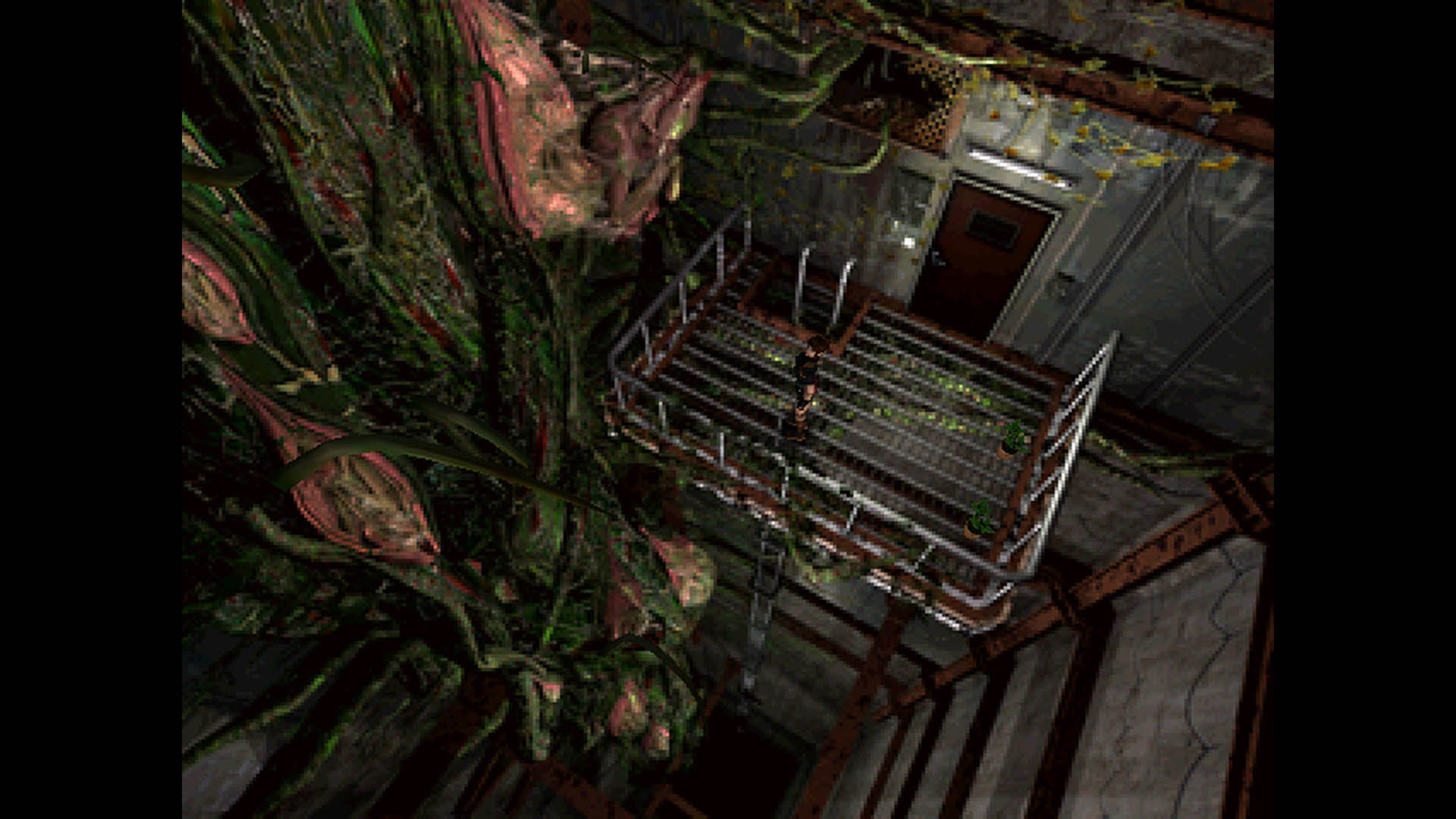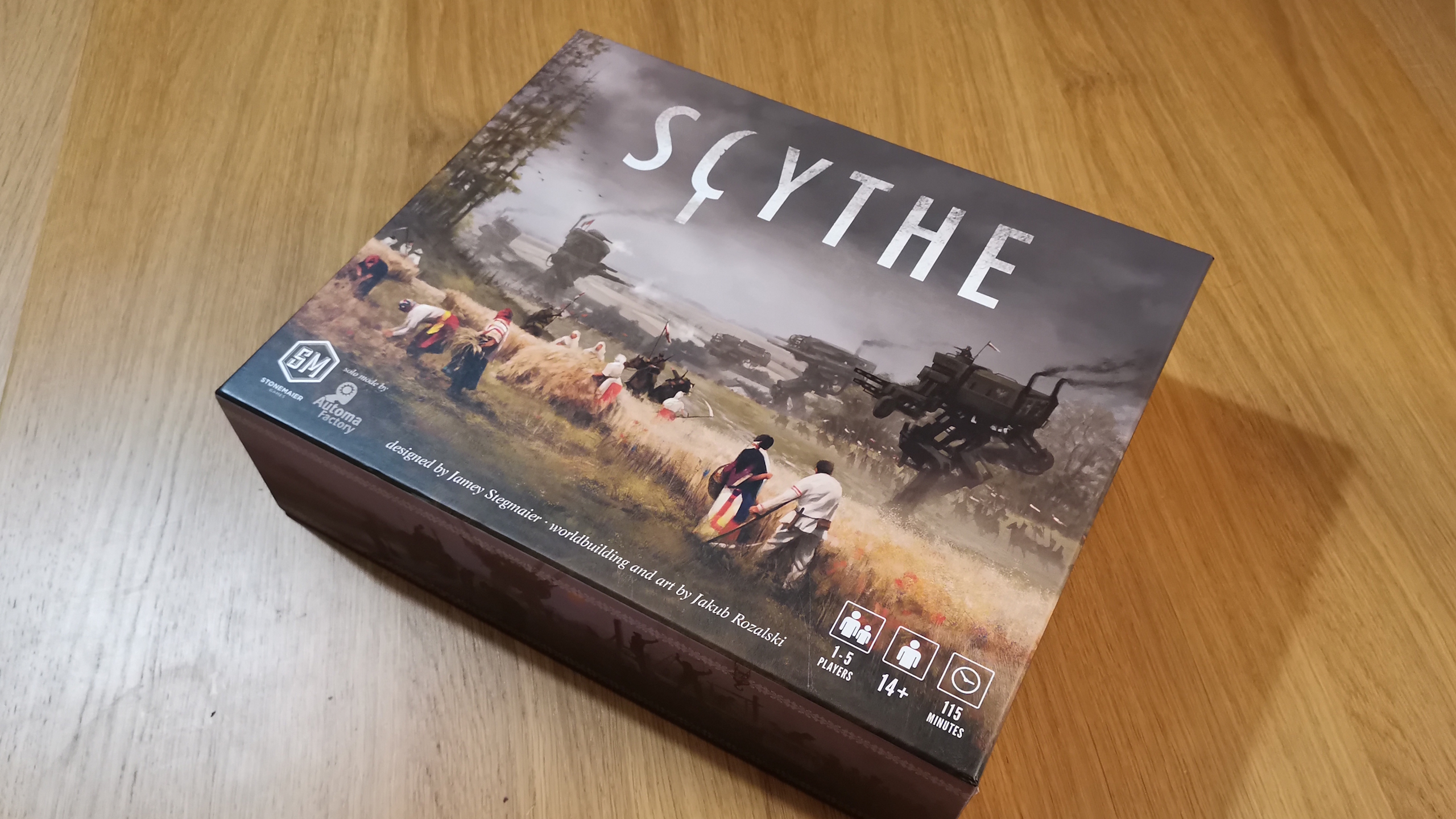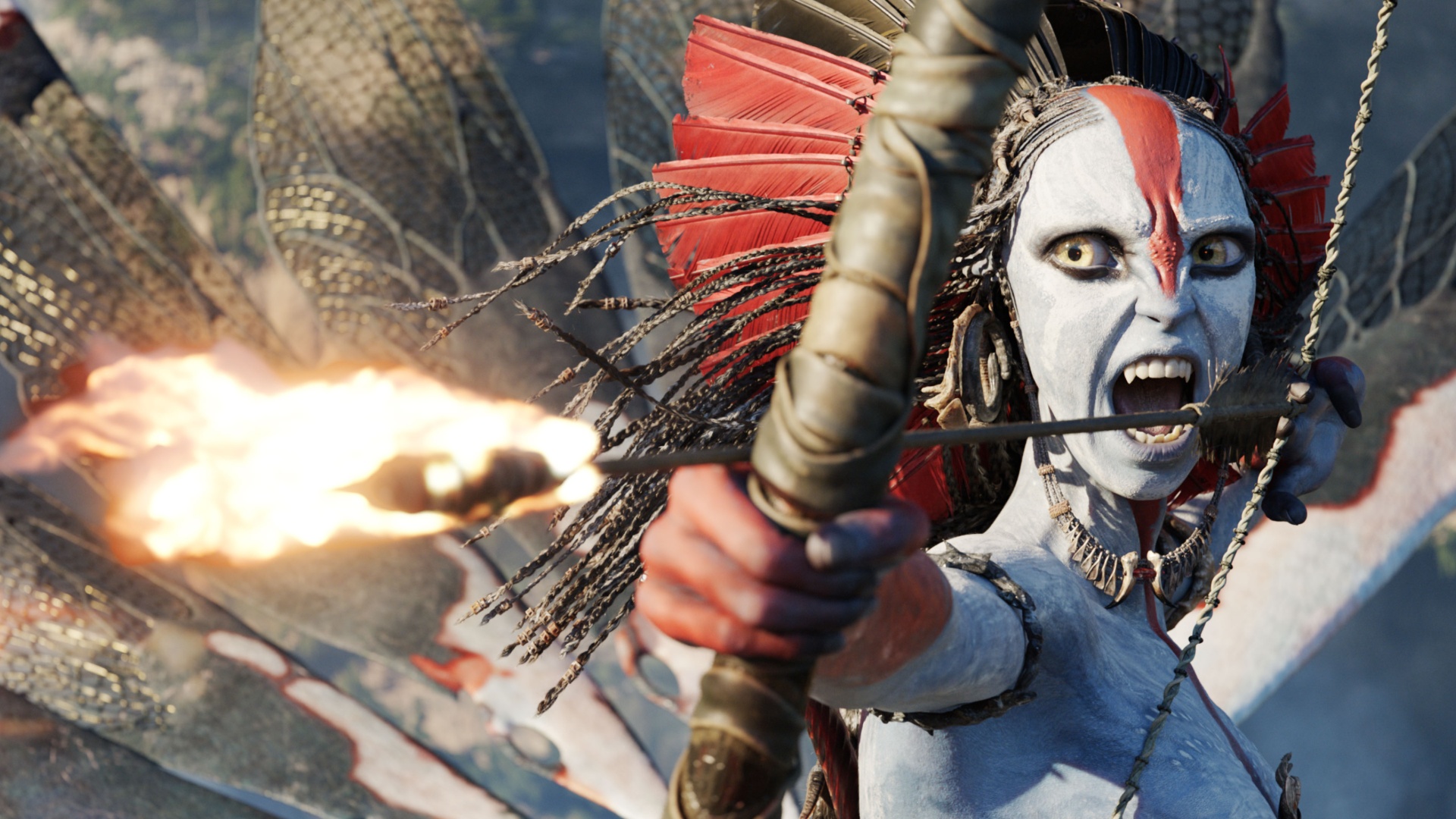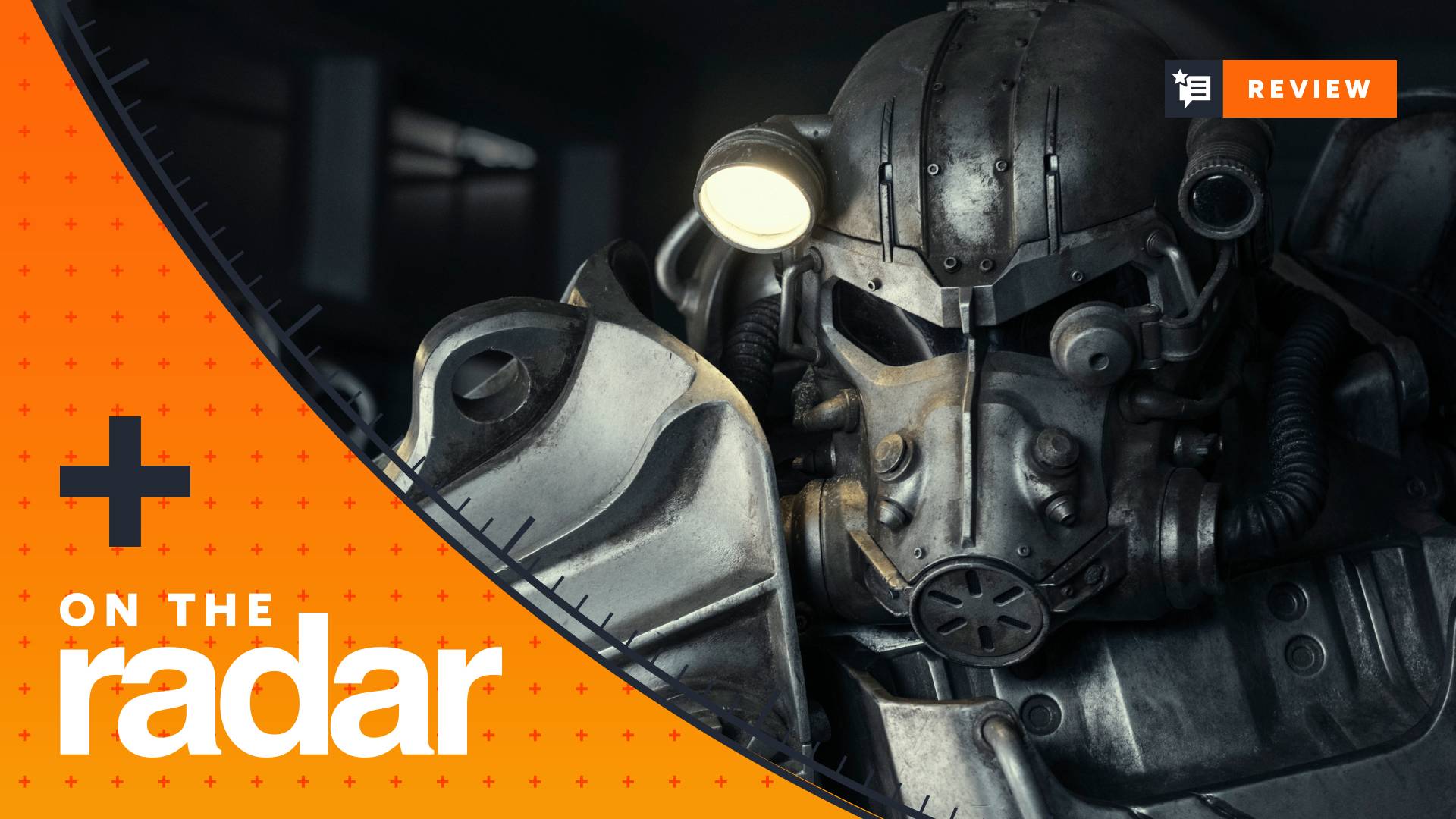Resident Evil 2 still deserves its high praise 27 years on, but how did it turn a one-off PS1 success into an unstoppable horror franchise juggernaut?
Feature | In 1998, Capcom returned to the world of survival horror with an ambitious sequel that would propel the Resident Evil series into the stratosphere
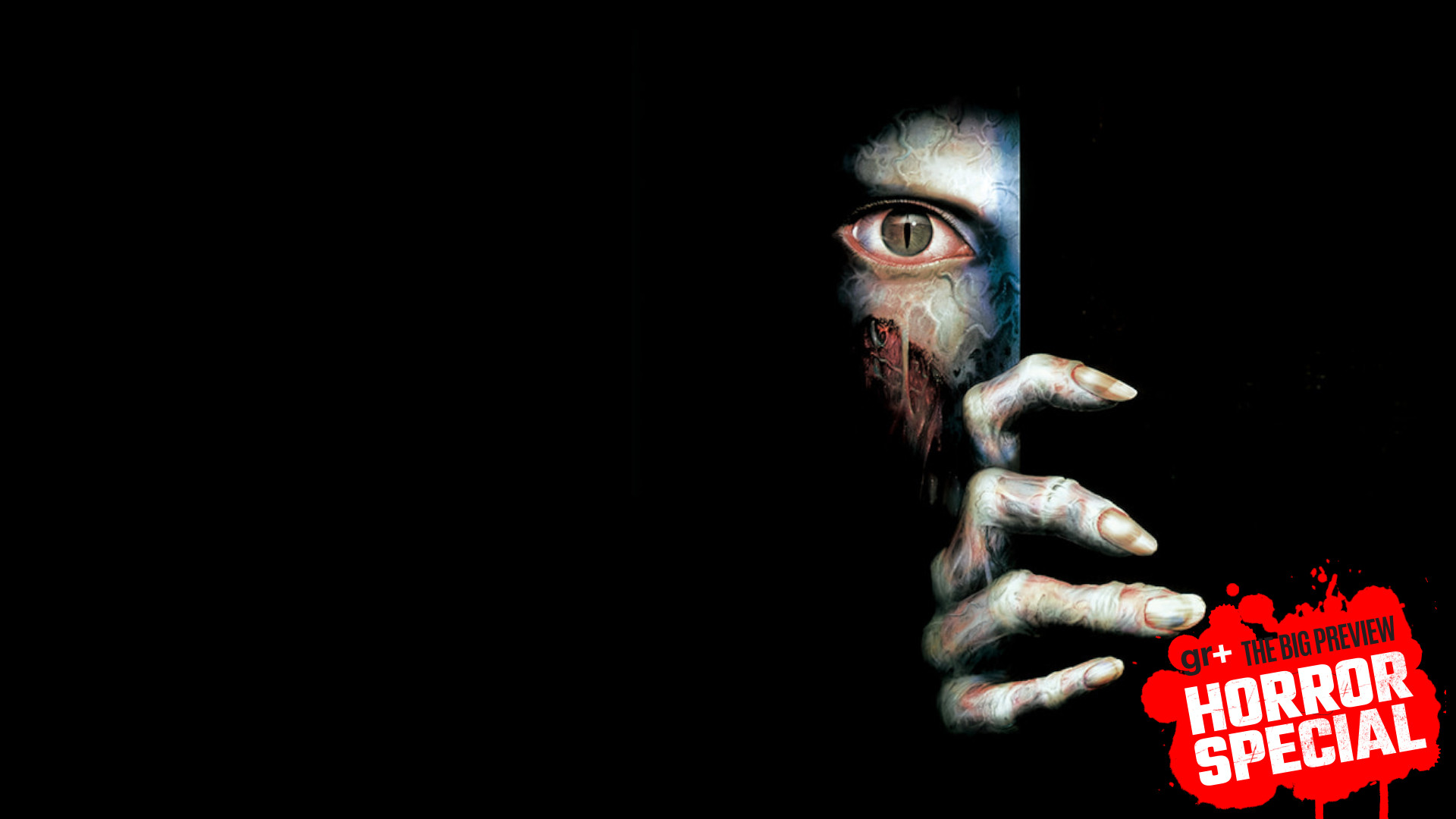
For fans of the first Resident Evil, the game's 1997 Director's Cut was an eagerly anticipated release. This wasn't necessarily because of the core game – which added extra modes and a few new frissons to the survival horror classic – but because it came bundled with a playable demo of Resident Evil 2.
This preview finally lifted the veil on the sequel that Capcom had been teasing for more than a year, allowing players to finally experience the aftermath of the 'mansion incident'. In the demo you played new character Leon Kennedy, a rookie cop who arrives in Racoon City just as a living dead rave hits full swing. Whereas the original was a bit of a slow burn, the sequel dropped you into the thick of it, on a city street surrounded by multiple zombies – who were hungry, and on fire. A frantic dash through some alleyways, via a gun shop where you briefly met the unfortunate owner Kendo, brought you to the Raccoon City Police Department and its promised refuge.
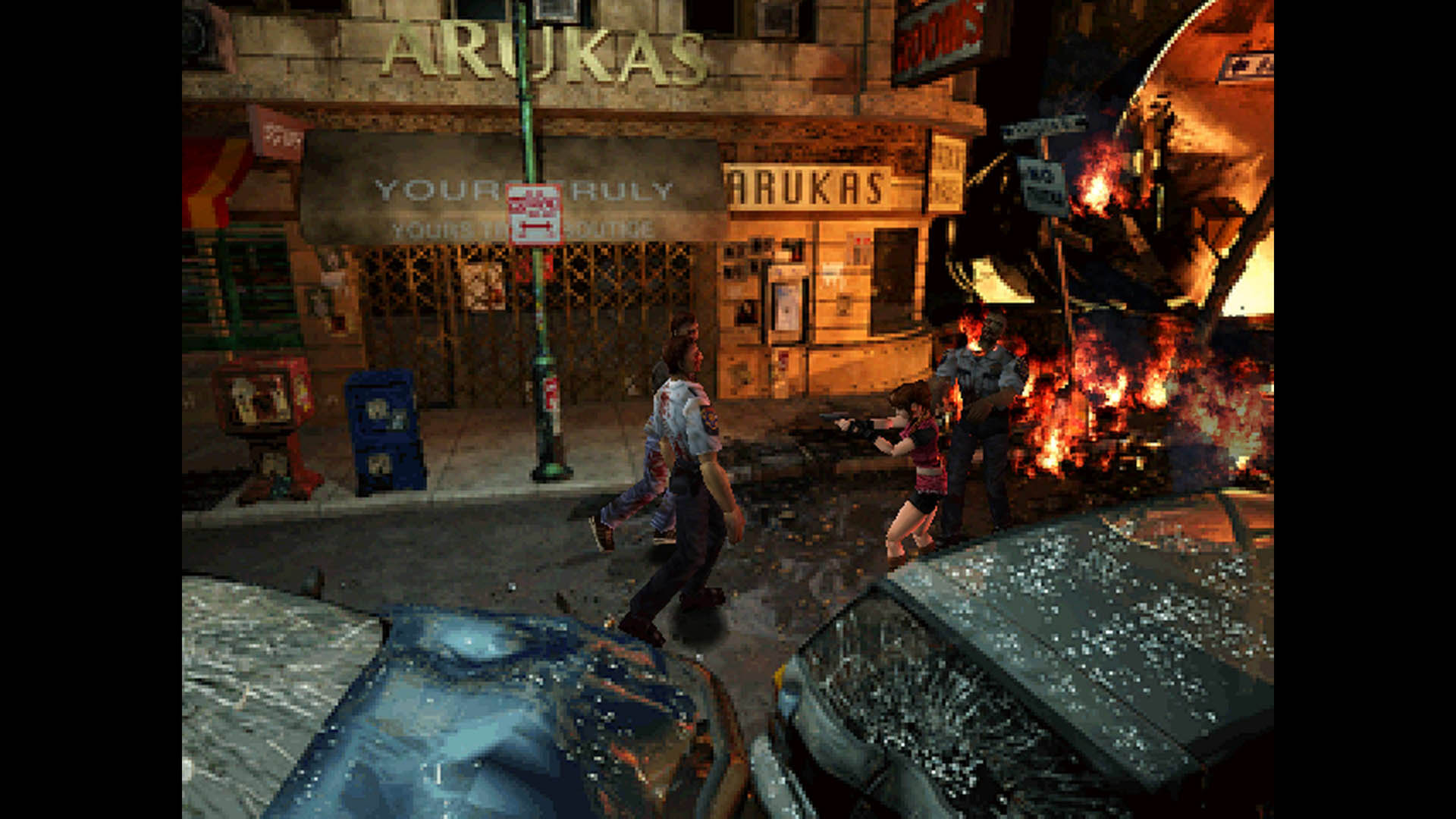
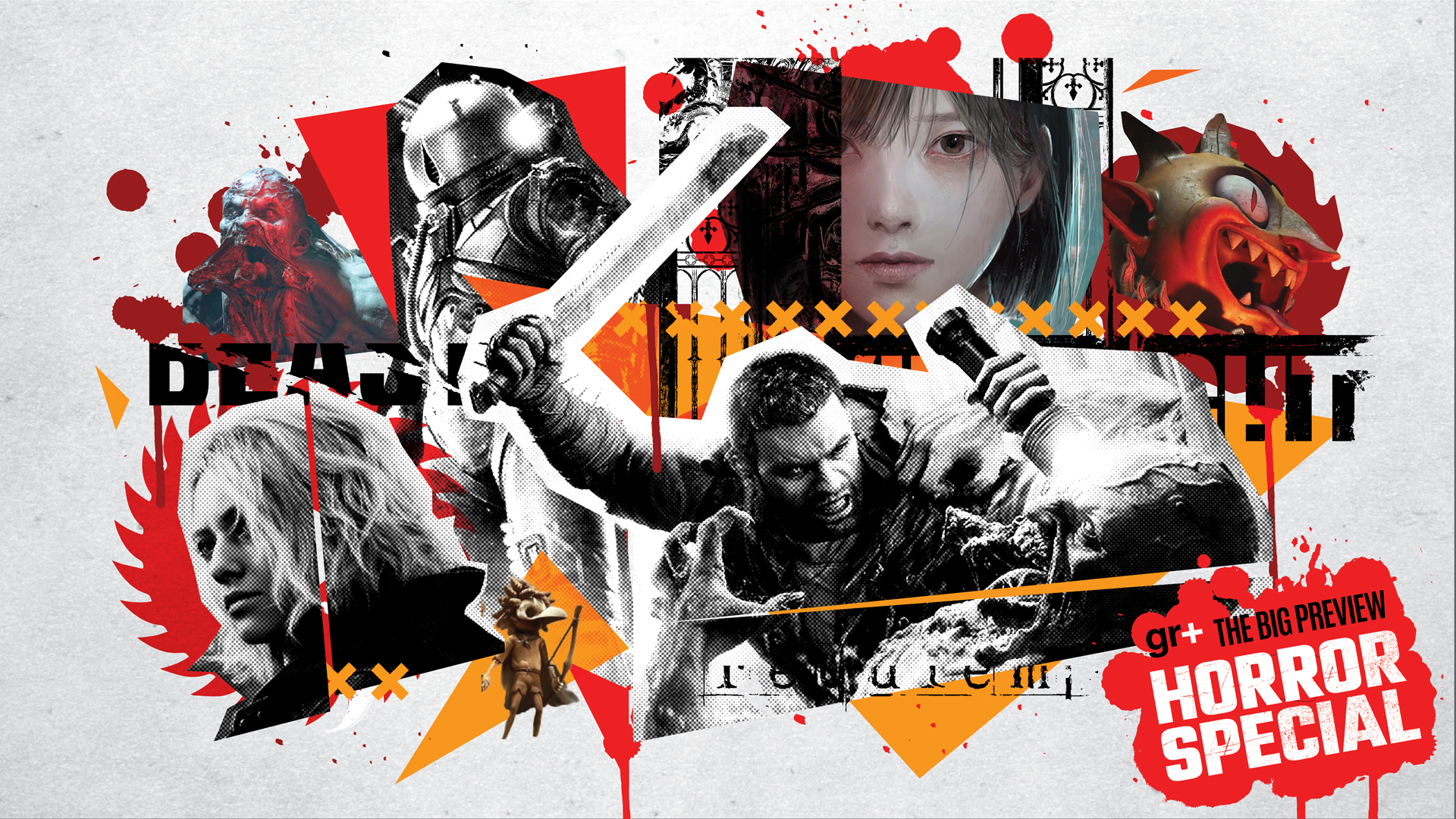
The Big Preview Horror Special hub has even more exclusive access to the biggest games in the genre on the horizon, and deep dives into iconic classics!
The demo only offered about 20 minutes of play, but it was clear that producer Shinji Mikami, director Hideki Kamiya and their team had turned up all the dials. The zombies – in that innocent time when they were still the domain of George Romero movies and Italian gore flicks, and not yet done to death in popular culture – were the stars of the show and they were given appropriate attention. They were no longer limited to the country clodhoppers from the original and now wore various outfits. Female zombies were also introduced, and they all ambled around with increased curiosity, their heads slowly turning to track you, arms outstretched. The way they recoiled to gunshots was more lifelike (irony acknowledged), and it was now possible to blow them to bits using the more powerful weapons – arms flying, legs akimbo. Brilliant.
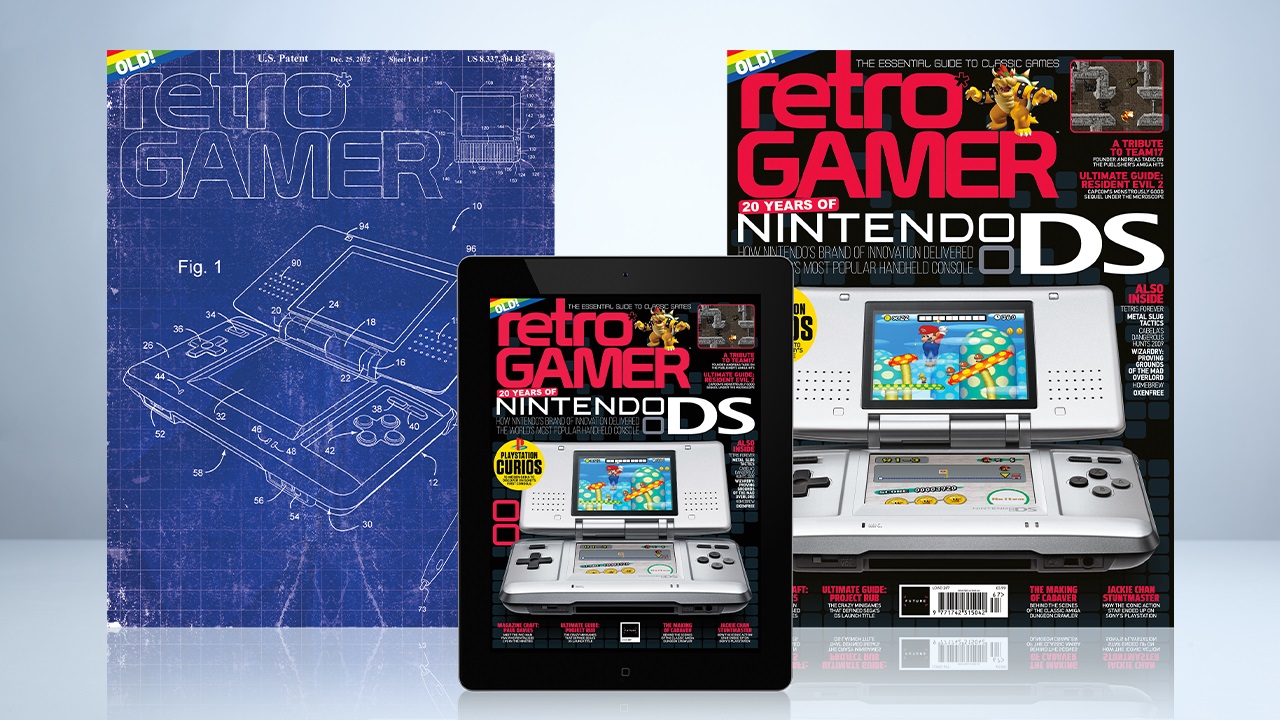
This feature originally appeared in Retro Gamer magazine. For more in-depth features and interviews on classic games delivered to your door or digital device, subscribe to Retro Gamer or buy an issue!
Character animation on the whole was improved and the pre-rendered backgrounds were far more detailed. This was particularly true in the ruined city streets and the Gothic police station building. Perhaps the most surprising aspect of the demo was that it looked quite different to the early preview screens shown previously. As we now know, the original build of the sequel – officially Biohazard 2 Prototype, unofficially Resident Evil 1.5 – was scrapped due to quality concerns and the game was radically reworked.
This decision pushed the release date back to early 1998 and it's claimed that Resident Evil: Director's Cut was created to compensate for the delay, but we don't buy that – this was Hyper Turbo Arcade Edition Capcom we're talking about, after all. It's clear that the Japanese giant was in franchise-building mode and the Resident Evil series was a slow train gathering steam.

When the sequel finally arrived we could appreciate the bigger, better approach that the demo teased. As in the original, there were two playable characters – Leon was joined by Claire Redfield, the sister of Chris from the first game – but their exploits were now spread across two discs. In addition, each character had two scenarios, meaning you could play through the game four times and each run would be slightly different (the second scenario memorably introduced Mr X, the tyrant in a trench coat).
Capcom made a lot of noise about what it called the zapping system, where actions taken in the first scenario would affect events in the second. But this feature was inconsistent and rather inconsequential in the end. Probably the most interesting 'zap' involved the oversized alligator you faced in the sewers. If you defeated it following the scripted method (death by ignited gas canister), the tunnels would be reptile-free in the second scenario, but if you instead incapacitated it with bullets, it would return to menace you once more on your return run.
Weekly digests, tales from the communities you love, and more
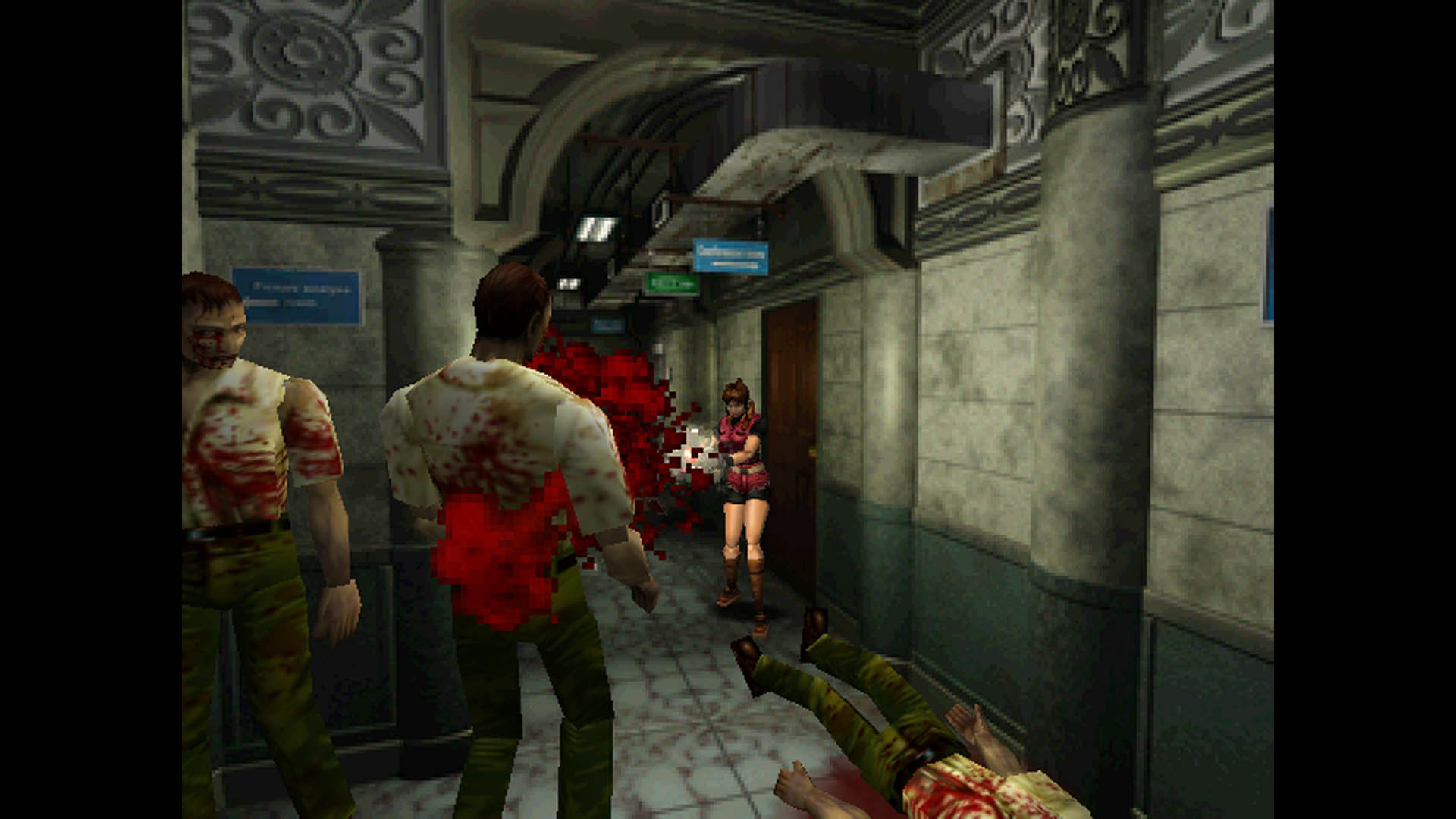
"The gator encounter was one of several setpieces that led some critics to compare the game favourably to movies"
The gator encounter was one of several setpieces that led some critics to compare the game favourably to movies. Reviewing the game for GameSpot, Ryan MacDonald awarded the game 8.9/10 and wrote, "With its unique camera angles, storyline, graphics, sound effects, and music, Resident Evil 2 seems more like a product out of Hollywood than the videogame industry. It surpasses its predecessor in nearly every aspect."
Over at IGN, Rick Sanchez was similarly impressed with the game's cinematic qualities. "One area where Capcom is dead on is atmosphere," he wrote. "The graphics, sound effects, music and level design all work together to keep you on the edge of your seat. In fact, Resident Evil 2 may have the best sound design yet for a console game." This comment will chime with many fans, as the soundtrack (overseen by lead composer Masami Ueda) brilliantly balanced traditional horror genre 'stingers' with quietly foreboding pieces, like the piano-driven themes that play in the police department's entrance hall and the save/safe rooms.
Sanchez scored the game 9.3/10, but did highlight a few misgivings in his review. "Aiming is still difficult, especially if you get trapped at the edge of a camera's view. The puzzles are less interesting than in the first game, posing little challenge to the experienced adventure gamer. Inventory management is still a pain." The aiming and the inventory issues were holdovers from the first game, but the comment about puzzles carried weight.
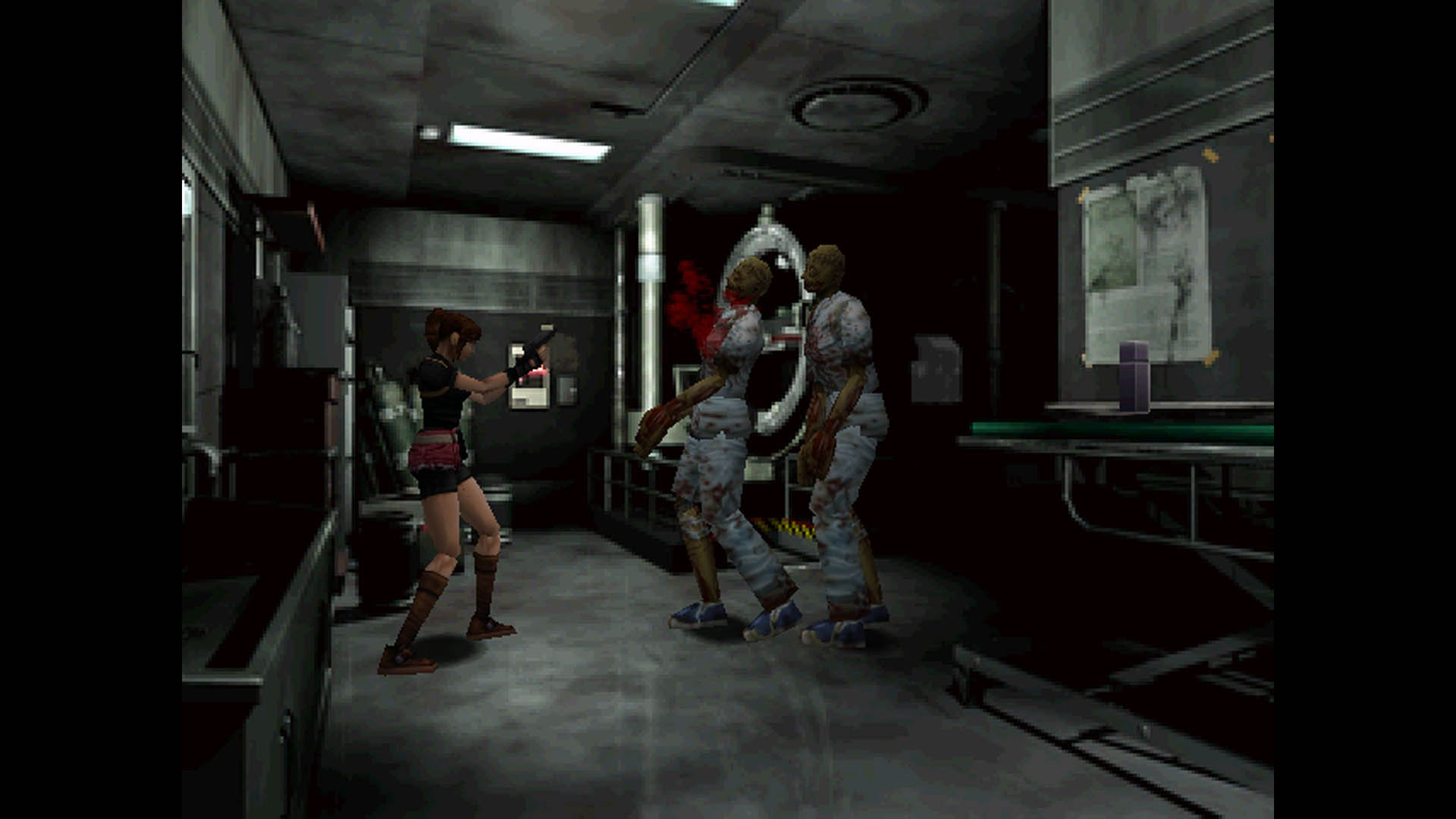
Perhaps in response to criticisms levelled at the first game, that some of the puzzles were frustrating and involved too much backtracking, progression through the sequel was relatively trouble-free – and quick. See the review in Computer & Video Games magazine, where Steve Key called the game "awesome", but drew attention to contrasting comments from readers, "Our forum page has differing views on RE2, many complaining that it's too short." It was realistic to beat Leon's first scenario in under five hours, and while there was Claire's story and the second scenarios available, you would experience a lot of what the game had to offer on that first run through. So unless you wanted to see and do everything, and unlock the special weapons and bonus minigames, was Resident Evil 2 an overnight rental proposition?
Of course not. The game was a huge worldwide hit and the initial PlayStation release went on to achieve lifetime sales of five million copies. As with the original, Capcom capitalised on its success with an updated version dubbed the DualShock version, which added analogue controls and rumble support, plus an unlockable new minigame, Extreme Battle.
Of interest, the Japanese DualShock version included two Arranged games: Rookie Mode and USA Version. The former was a super-easy mode where you began the game with an unlimited submachine gun, while the latter featured the slightly more difficult arrangement released in the US (players had less health, enemies were stronger, auto-aim was not on by default and some of the ammo pick-ups were hidden in the backgrounds). For some reason, the US version did not reciprocate by including the easier Japanese arrangement, but Rookie Mode was included instead.
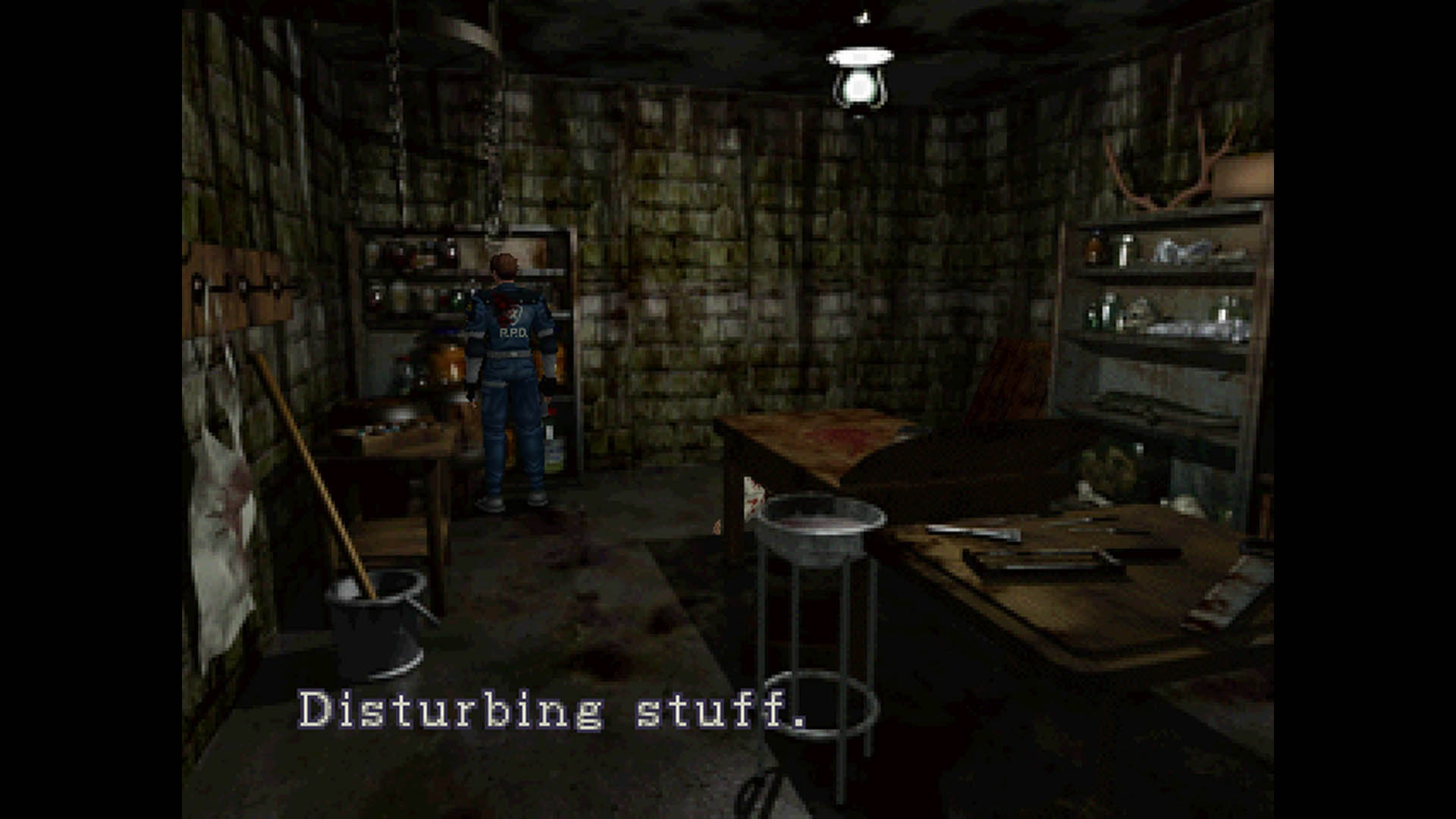
The DualShock version wasn't released in Europe, yet it would serve as the template for the PC, Dreamcast and GameCube ports that were released worldwide. These conversions were solid if unspectacular, but a special mention must be reserved for the Nintendo 64 version, which somehow crammed 1.2GB of content into a 64MB cartridge. It's so impressive we've shined the spotlight on it over the page.
Resident Evil 2 received a celebrated remake in 2019, which should be most people's preferred way of revisiting Leon and Claire's story these days. But if you do hanker after the OG experience, then the easiest way is to grab the PC version from GOG. Alternatively, the PS1 version is still available on the PS3 shop (at the time of writing, at least), and of course the GameCube version is playable on Wii. Note that physical copies of the game generally command a premium, but perhaps it's a small price to pay to own a seminal piece of survival horror history.
Conversion capers
Like a virus, the game quickly spread from system to system
PlayStation
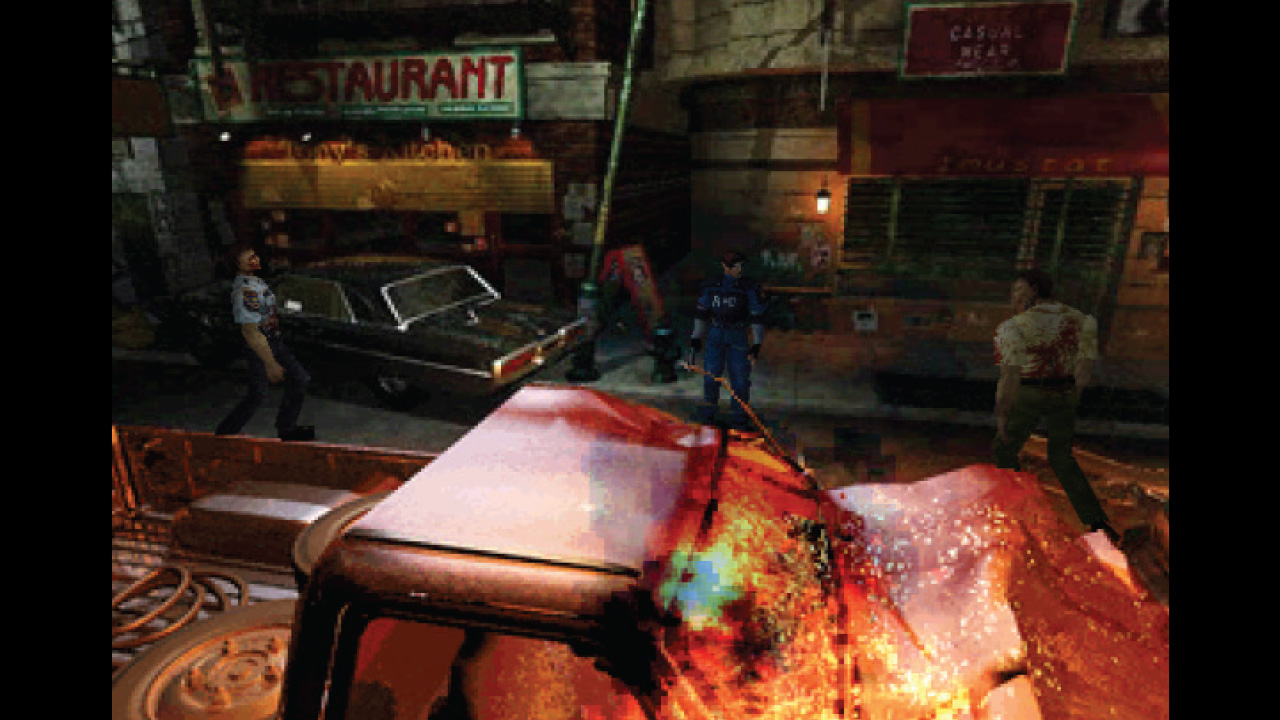
Building on the original, technically and thematically, the sequel is the classic Resident Evil experience. The ports improved the visuals and introduced some extras, making this difficult to recommend in retrospect, but the original is still a nostalgic blast, wobbly polygons and all.
PC
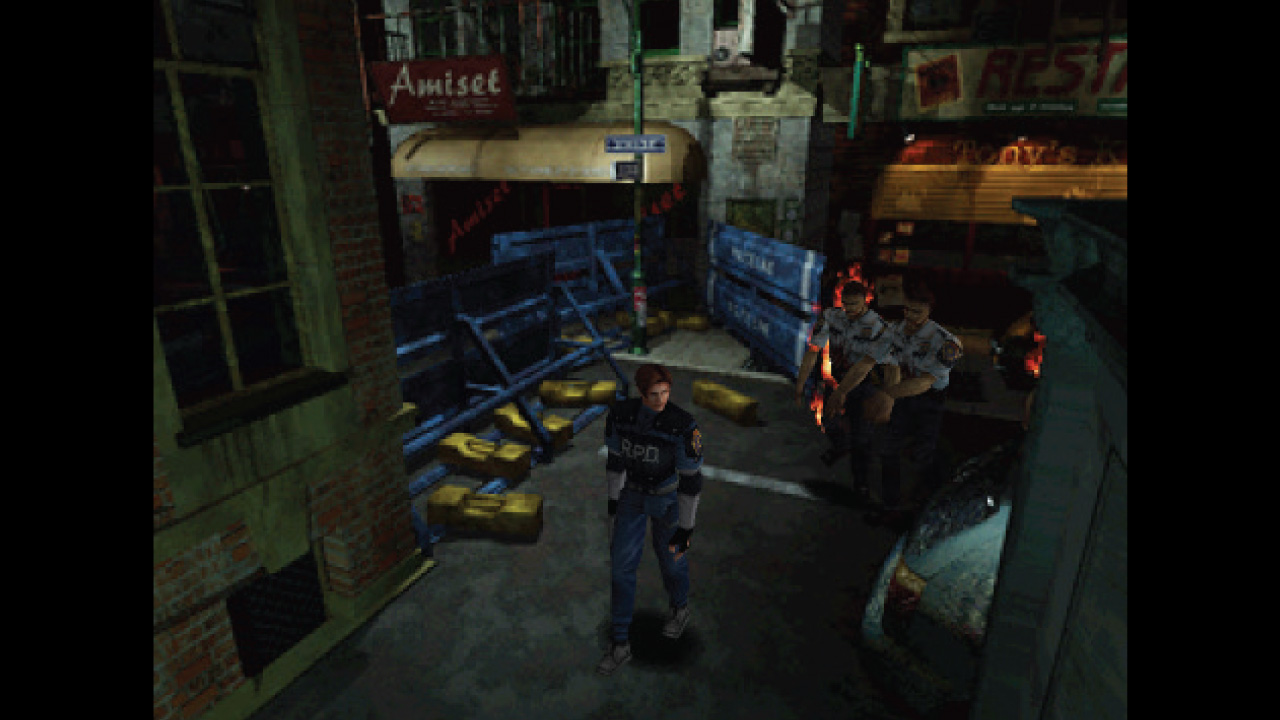
The PC release features all of the extra content from the PS1 DualShock version and adds a new Data Gallery which is a library of cutscenes, artwork and other assets. Crucially, it runs at double the resolution of the PS1 version and features higher-quality character models.
Dreamcast
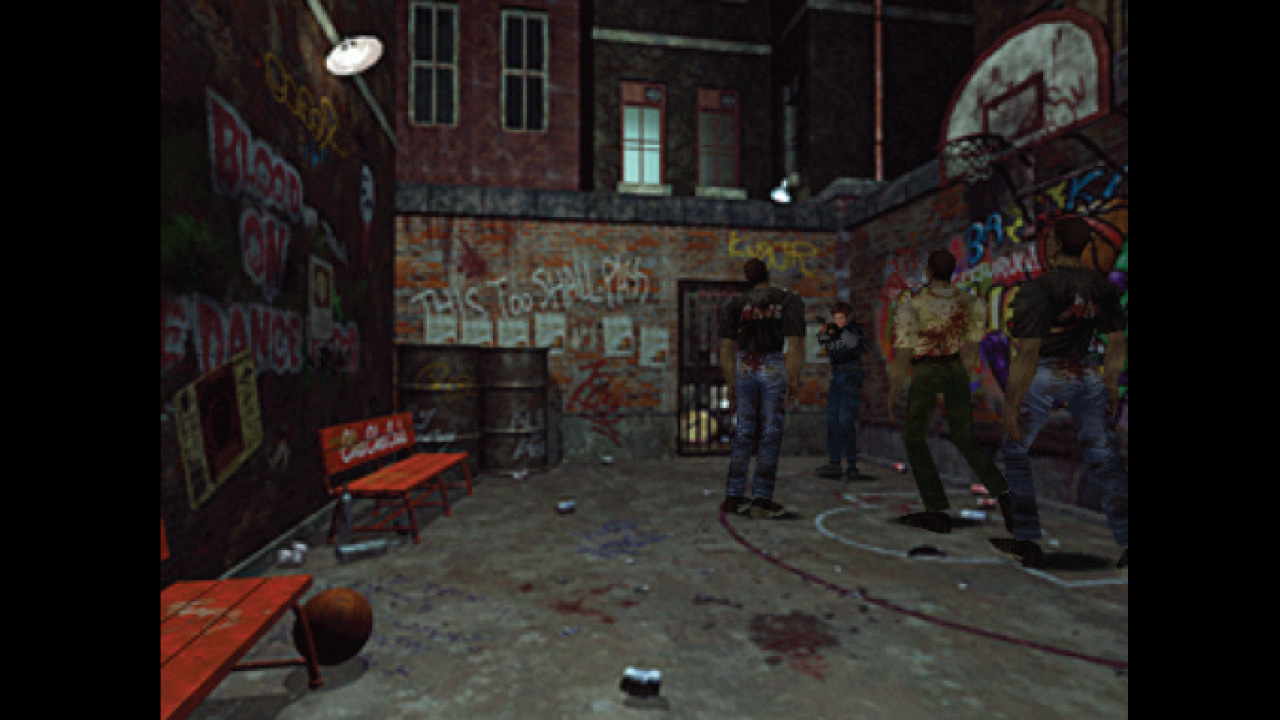
Almost identical to the PC version – same content, comparable graphics quality – but with two notable additions: the FMVs are now displayed full-screen rather than letterboxed, and the VMU is used to display your character's key stats – which is surprisingly useful during play.
Nintendo 64
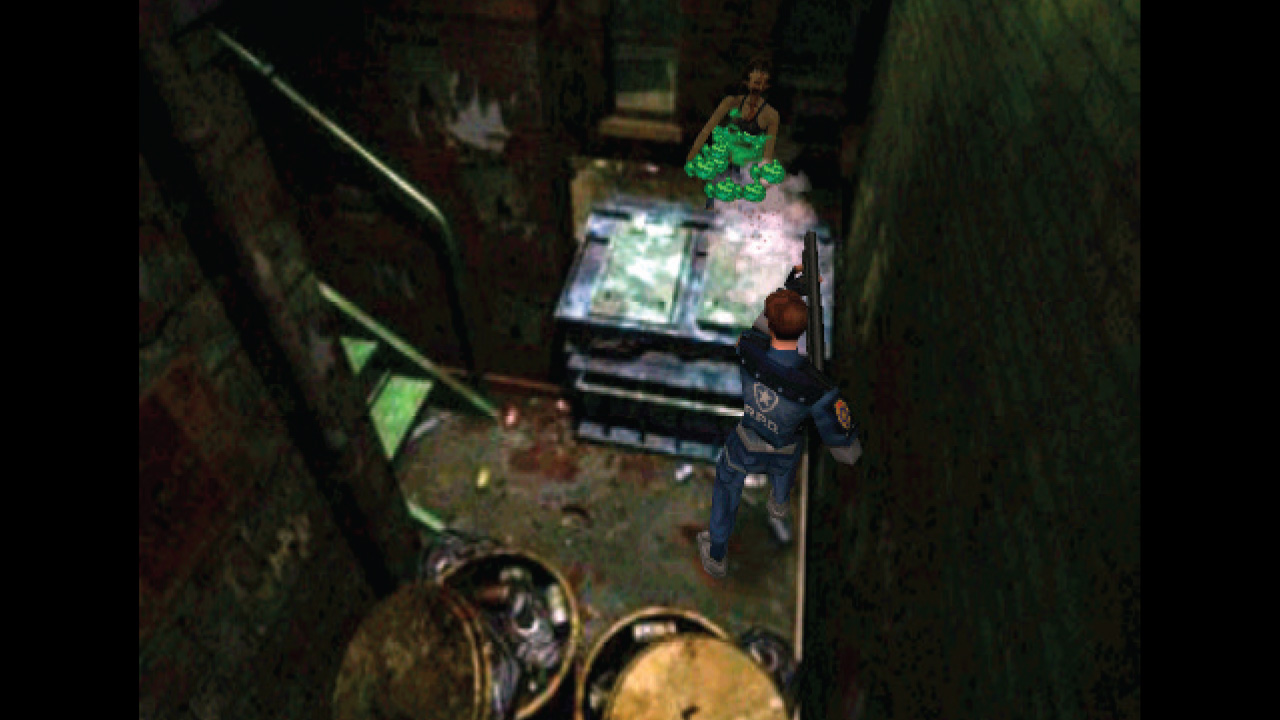
And the award for the most ambitious port goes to… this marvel of optimisation that delivers the true Resident Evil 2 experience on a cartridge system – and even adds features such as the EX Files which explore series lore. Downgraded backgrounds and FMVs are an acceptable concession.
GameCube
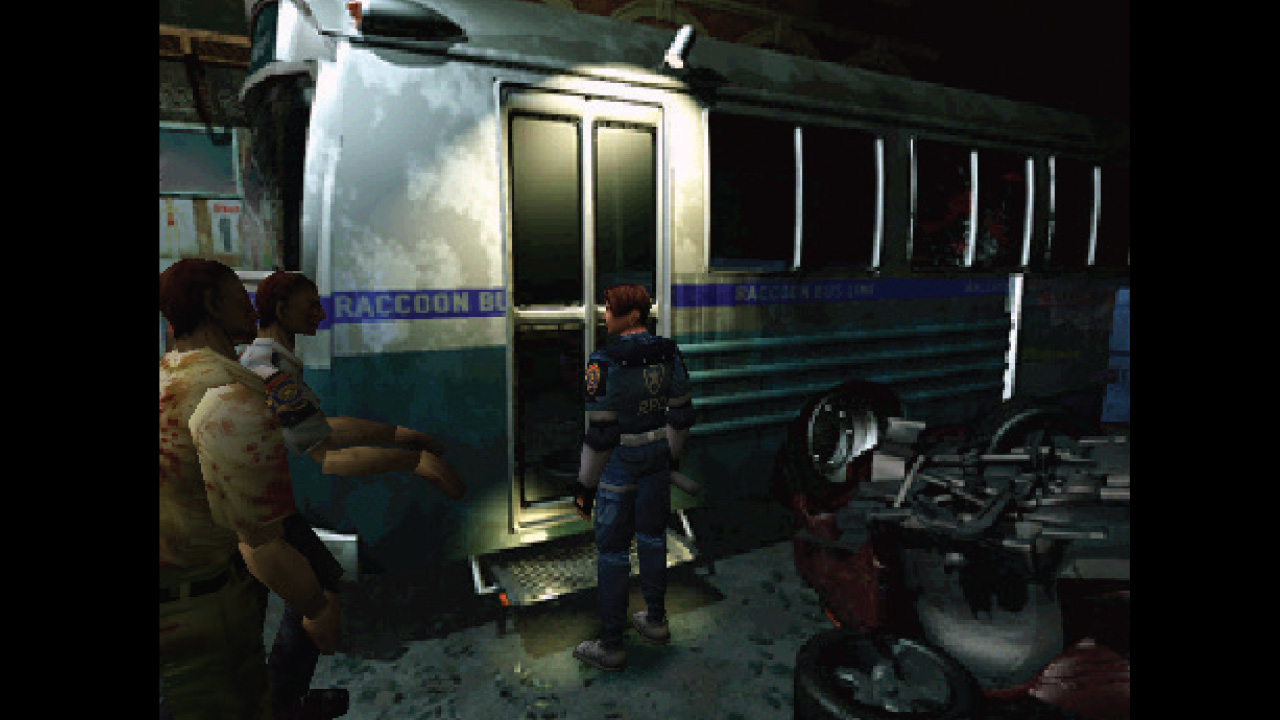
A strange release, arriving after the GameCube's celebrated remake of Resident Evil, but being a straight port of the DualShock version (even the gallery from the PC and DC versions is absent). Two plus points: everything is on one disc, and you can skip cutscenes (bye-bye Marvin's monologue).
Game Com
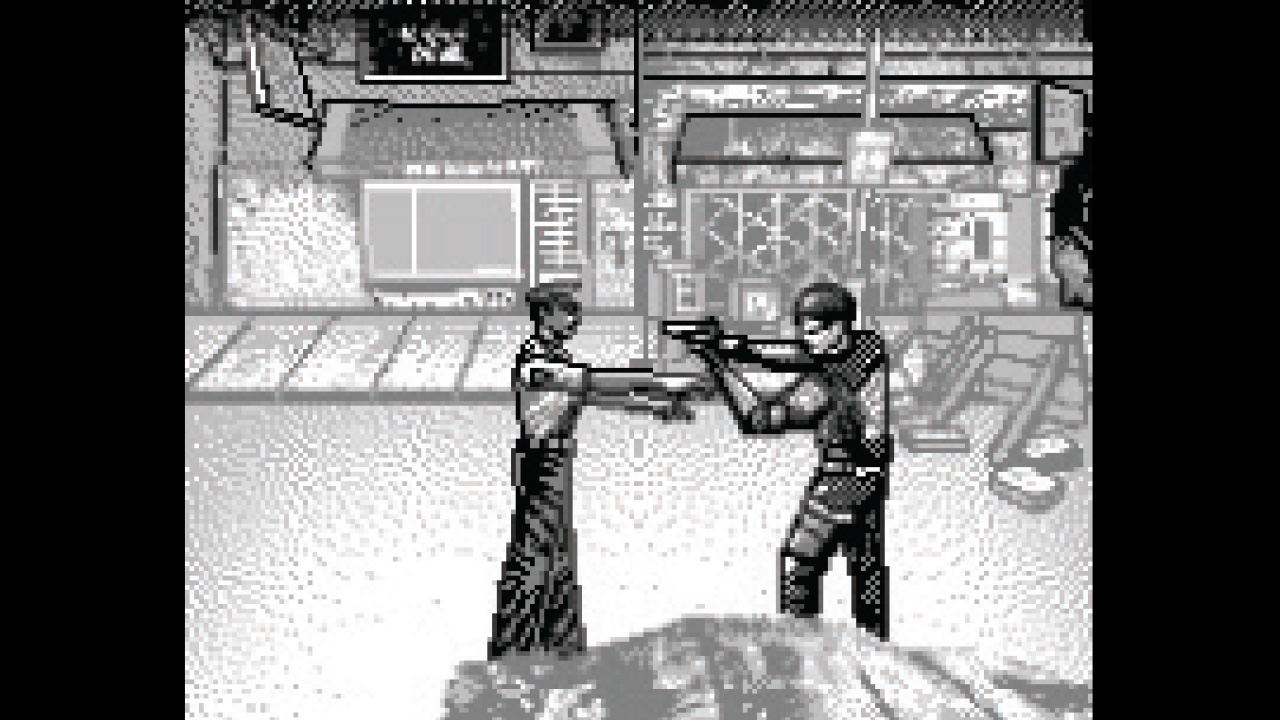
If you really want to play Resident Evil 2 on the go – skip this and copy the PlayStation version to a PSP or Vita. Seriously though, this rough approximation for Tiger's handheld is almost unplayable thanks to the odd viewpoint and wonky controls. It's an interesting curio for fans and little else.
The Remake
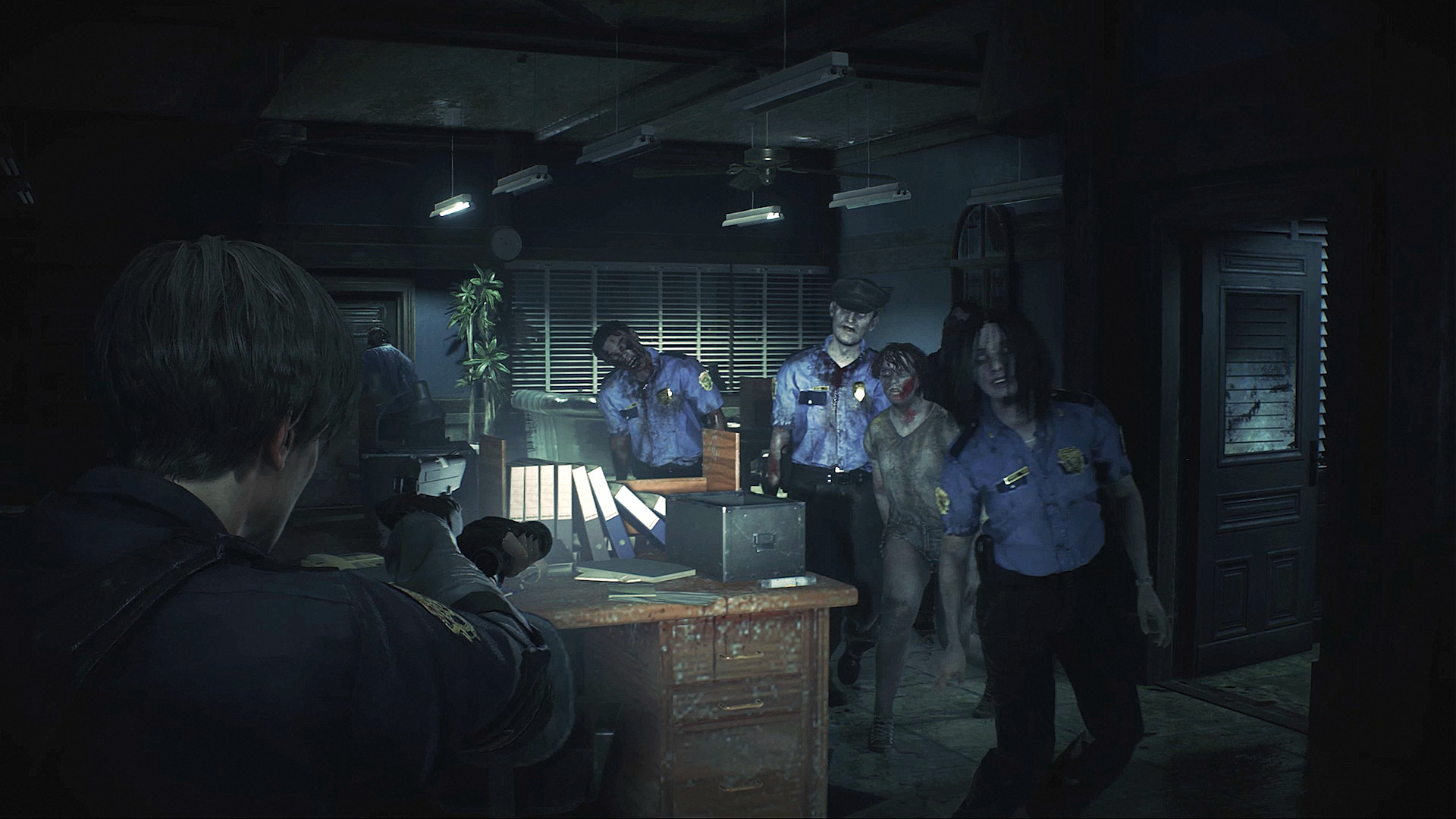
Fans were calling on Capcom to remake Resident Evil 2 ever since the first game received a remake back in 2002. Their wishes were finally granted in 2019 when the new version was released for PlayStation 4, Xbox One and PC. And it was absolutely worth the wait. By taking what is many fans' favourite Resi story and setting, and marrying it with a modern third-person over-the-shoulder viewpoint, Capcom created a nigh-on perfect remake.
Its greatest trick is taking the familiar and making it as frightening as hell. The police station's east hallway was a brightly lit corridor in the original; in the remake, it's a black hellhole crawling with zombies!
Every setpiece (bar that alligator boss, which is a disappointing QTE), has been refined, the tension heightened, the effect multiplied. The showpiece arrives in the second run-through with the arrival of the revamped Mr X, an enemy who's so good he deserves his own TV chat show. Add in The Ghost Survivors – several extra scenarios which expand on the Extreme Battle concept – and the end result is a remake done right. The only missed opportunity was not including the original as a bonus unlockable, if only to emphasise how far videogames have come.
Bonus modes: The 4th Survivor
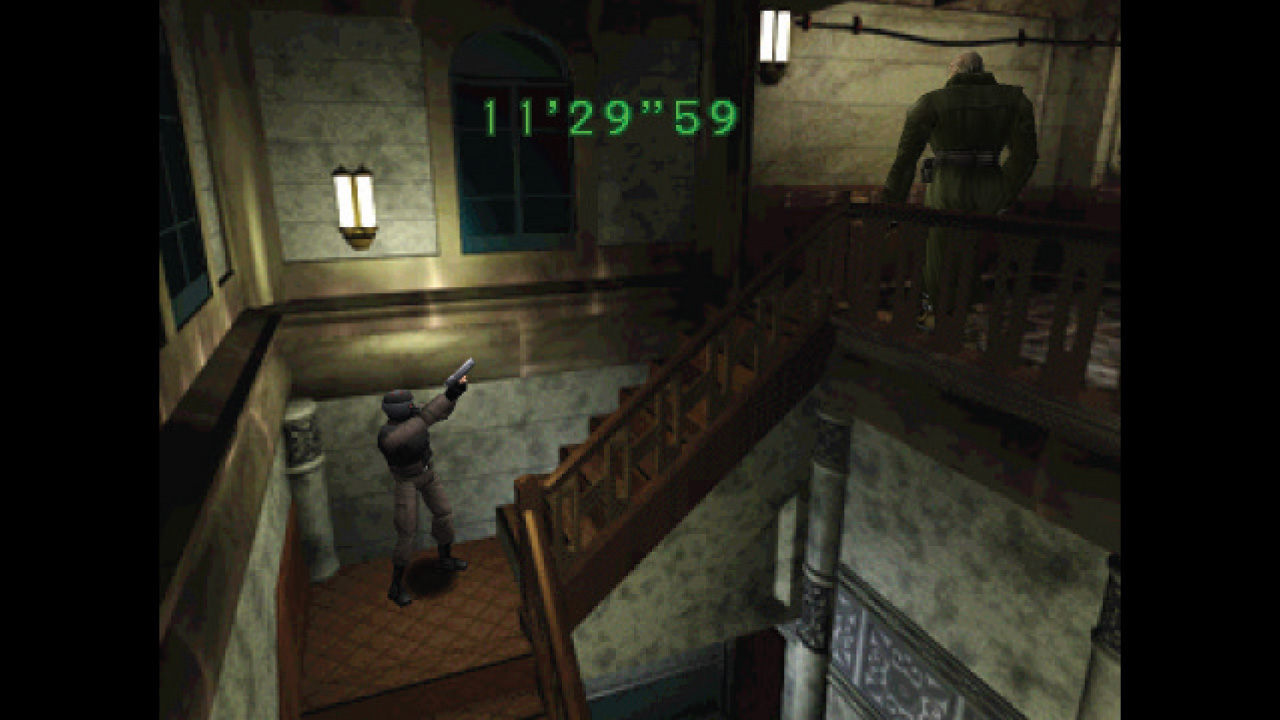
Available in every version and typically unlocked by completing both scenarios (and scoring an A rank in at least one of them), you have to guide supercop Hunk through 24 enemy-filled rooms, with scarce supplies. It's pretty difficult! Top advice: tip-toe past the Lickers.
The To-fu Survivor
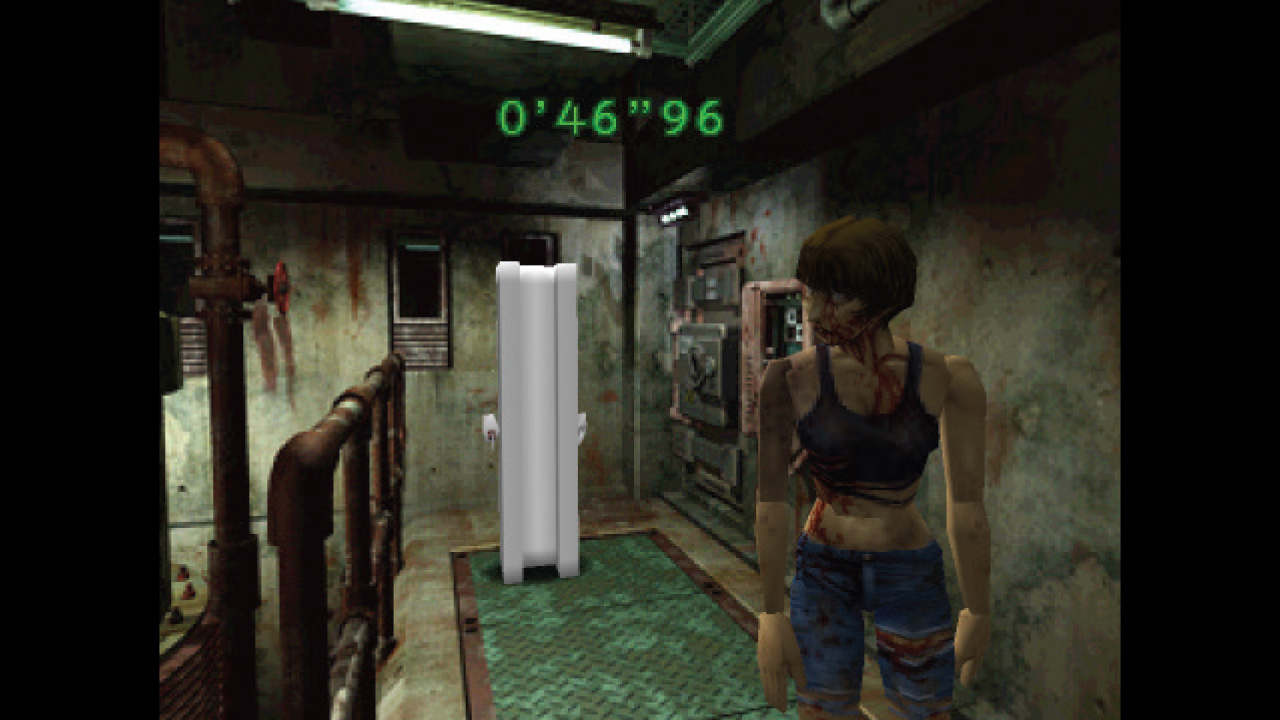
Unlocking this is a joke (complete both scenarios three times, earning an A ranking in each one) and the actual minigame is equally daft – a spin on The 4th Survivor where you play a piece of squeaky bean curd armed only with a knife. For completists only.
Extreme Battle
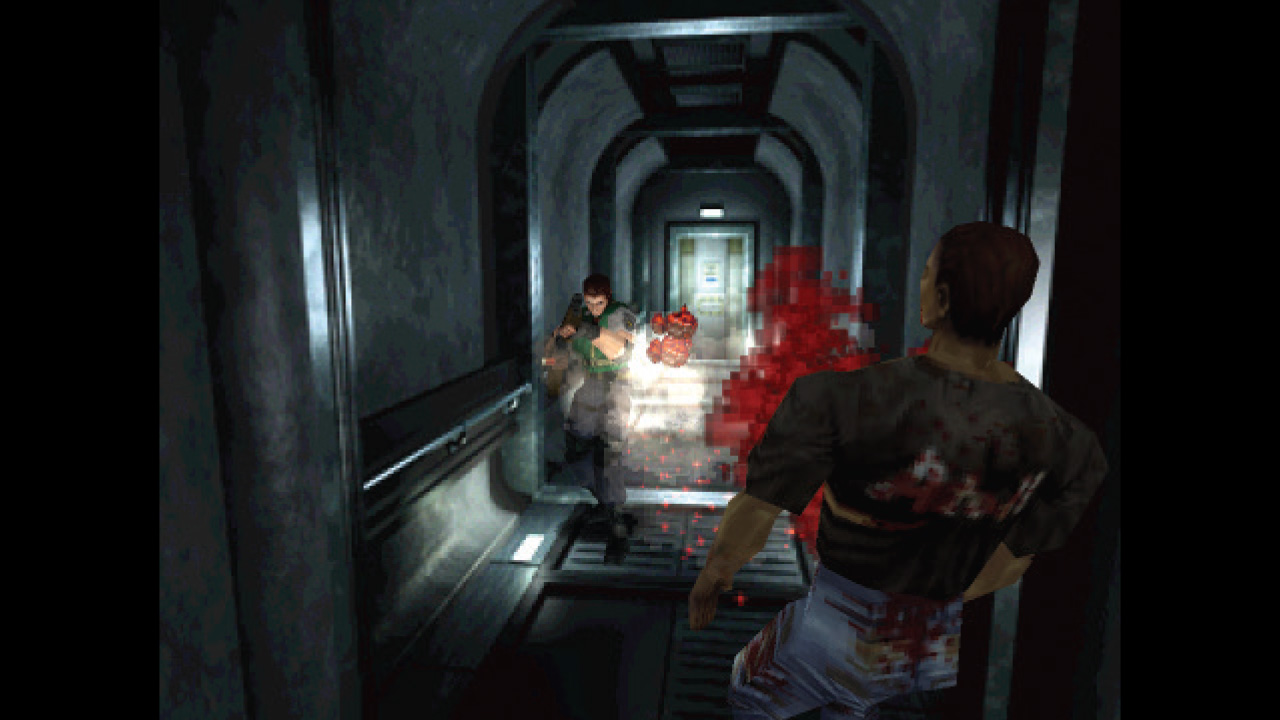
Introduced in the PS1 DualShock version, this mode is unlocked by beating both scenarios on Normal difficulty. Featuring three skill levels and four playable characters (including a neat cameo from Resident Evil's Chris Redfield), you must find bombs in semi-random locations.
Nightmare Mode
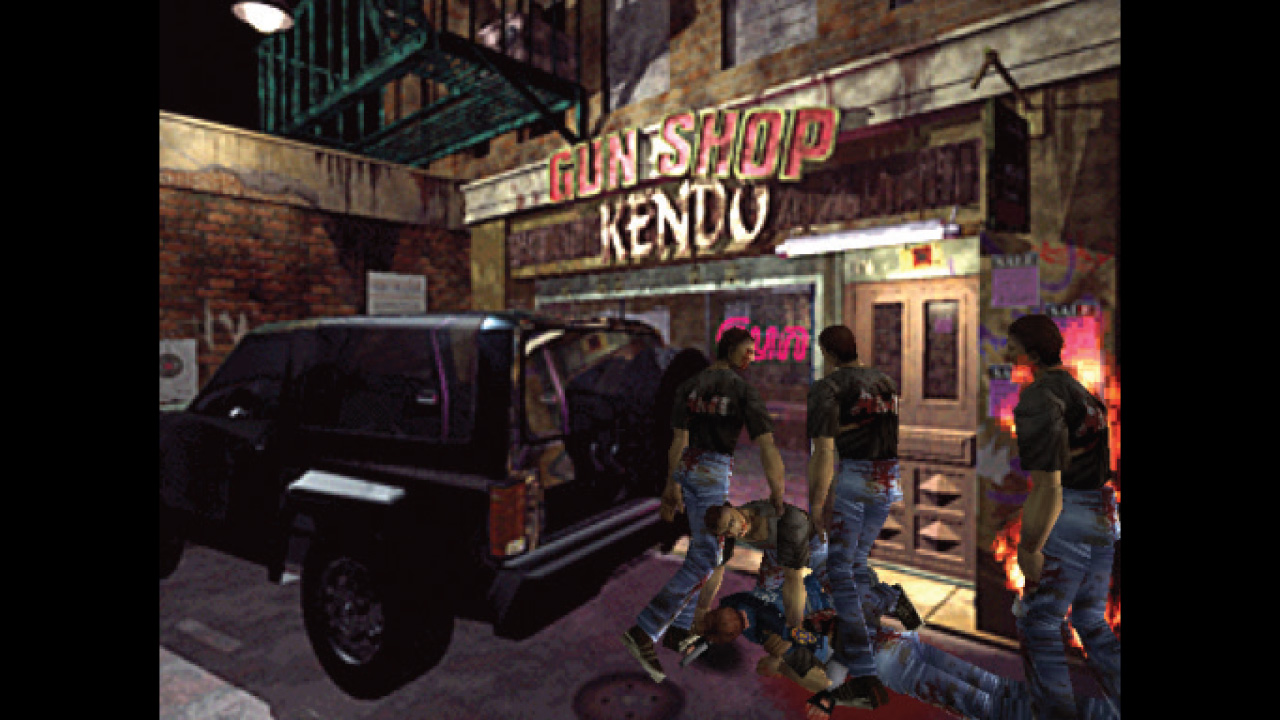
A feature of the Dreamcast version, and unlocked by beating Expert difficulty, this is hands down the toughest way to play RE2. No auto-aim, enemies soak up bullets, pick-ups are limited by a third, and you can be done in by a couple of zombie bites. A nightmare indeed.
Randomizer Mode
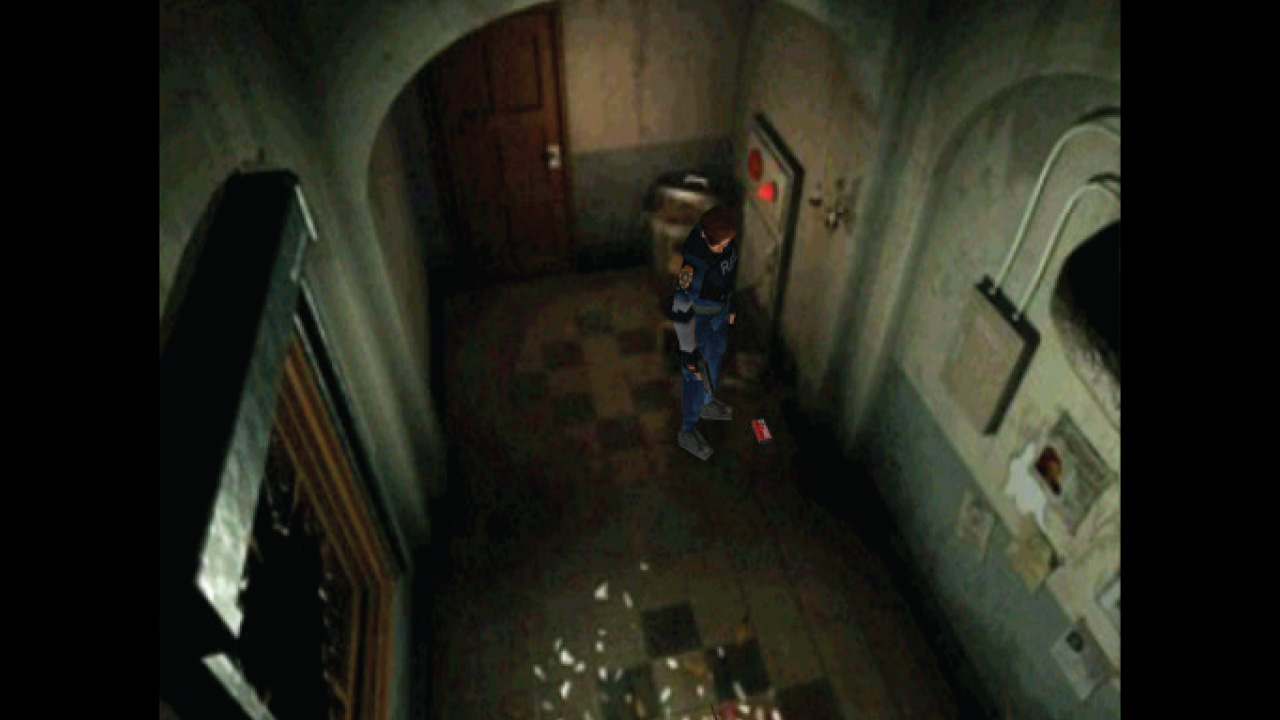
This mode appears in the Nintendo 64 version in place of Extreme Battle. It's basically the standard game where non-essential pick-ups are randomised. So instead of handgun bullets you might find shotgun shells, or a first aid spray. It's a nice addition for seasoned players.
Martyn is a writer, content manager, and launch editor of Retro Gamer.
You must confirm your public display name before commenting
Please logout and then login again, you will then be prompted to enter your display name.
